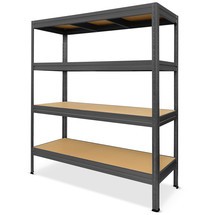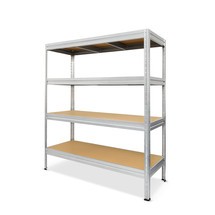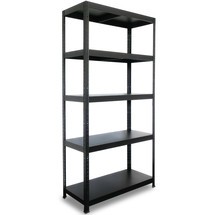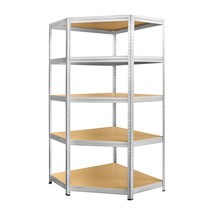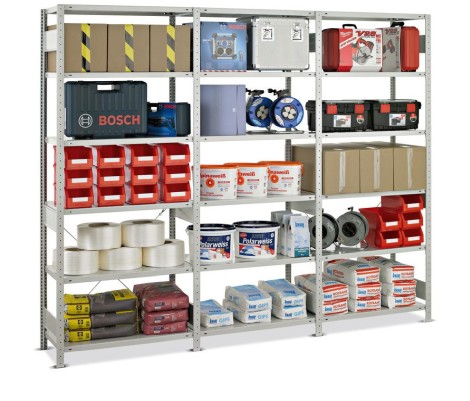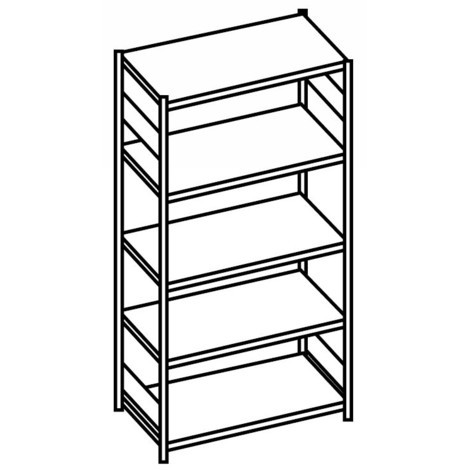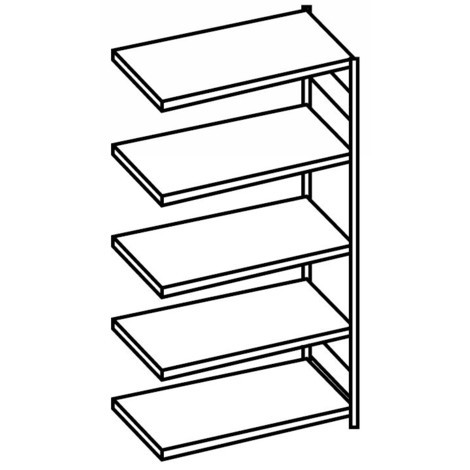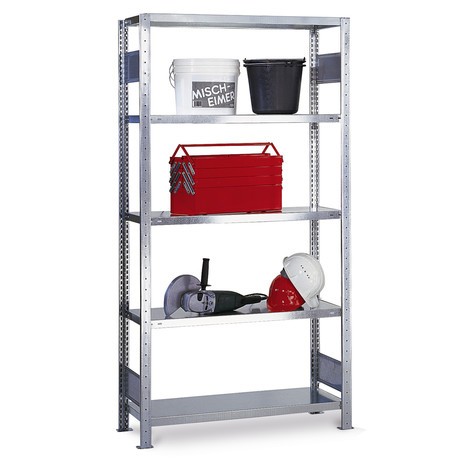
Shelf racks
Buying Tips
Filter
back
Your selection: 4 products
HEMMDAL heavy-duty rack
- Easy and quick assembly thanks to boltless system,
- shelf load 375 kg,
- corrosion resistant thanks to galvanised metal frame,
Steinbock® shelf rack
- Quick and simple boltless assembly
- Corrosion-resistant thanks to galvanised metal frame
- Height-adjustable chipboard shelves
HEMMDAL boltless metal rack, shelf load 130 kg, HxWxD 1,800 x 900 x 400 mm, black
- Boltless system enables quick and simple tool-free assembly
- 175 kg shelf load
- High stability thanks to painted steel, high material thickness and additional reinforceme...
Steinbock® corner rack
- Can be combined with shelf rack type S (205979) and type M (205978)
- Usable as a corner rack or in combination with other Steinbock racks
- Height-adjustable chipboard shelves
